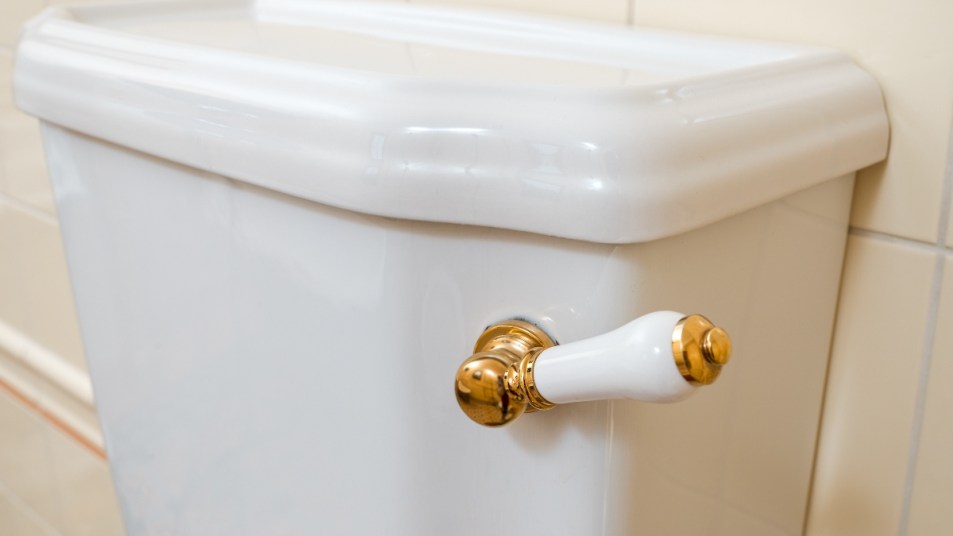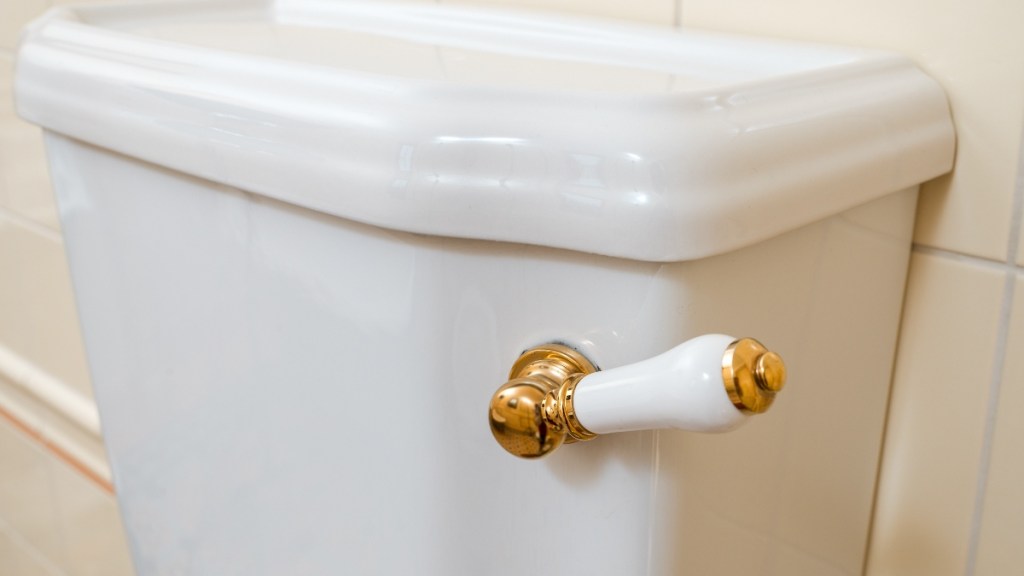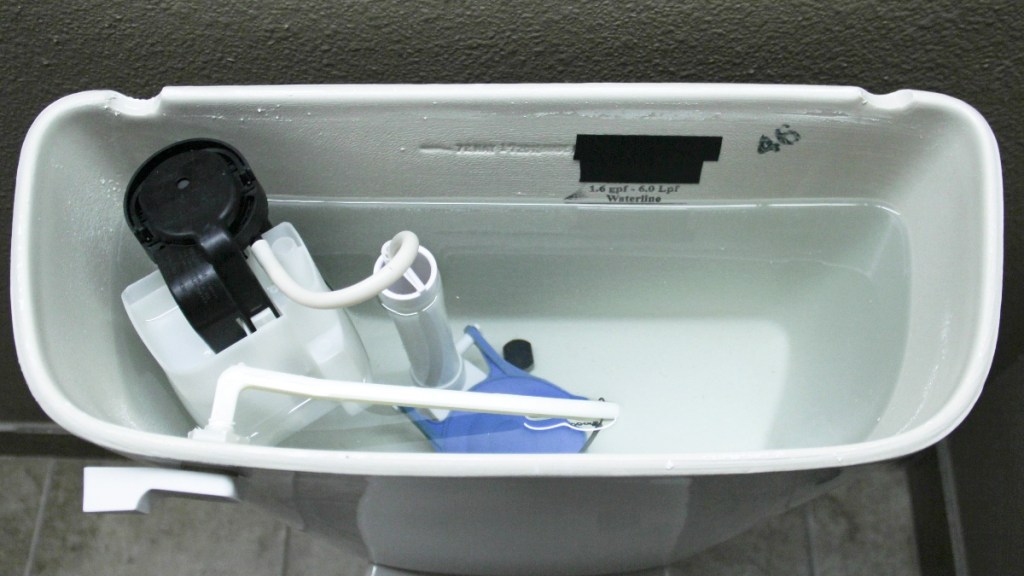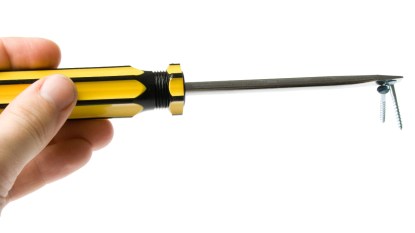How to Fix a Running Toilet + Why Ignoring It Could Cost You Thousands of Dollars
Plus the microfiber cloth trick that can save you time and money!

Plumbing problems are some of the most dreaded in the house, so when you hear your toilet making sounds you know it shouldn’t be making, it can quickly become a cause for concern. If what you hear sounds like a continual “flush,” it’s likely you have a running toilet. Not only is the sound unnerving, but that constantly running water can cost you! Before spending even more money on a professional to come fix it, there are some simple repairs you can try before — all you need to know is where to start! Below, plumbing pros share how to fix a running toilet and how to sidestep repeat problems.
How to identify a running toilet and why you should fix it

When trying to identify a running toilet, listen for a consistent low hissing or trickling sound. This sound usually indicates that water is continuously flowing into the toilet bowl or tank even when it’s not being used for flushing. “It might not be a loud noise, but it’s a persistent one that stands out when the bathroom is otherwise quiet,” says certified master plumber Brad Mallory, owner of Clean Team Plumbing.
Sometimes, the sound can be subtle, so if you suspect a running toilet but can’t hear anything, you can also check for visual signs by removing the tank cover and observing if water is constantly running into the overflow tube or if the water level is above the overflow pipe. Identifying and fixing a running toilet is important to prevent water wastage and higher utility bills, explains Mallory. In fact, a running toilet wastes about 250 gallons of water a day. “Not to mention, ignoring a running toilet is extremely risky since it could end up flooding your entire bathroom and cause significant damage.” If you have this problem on your hands, you’ll want to tackle it as soon as possible.
How to fix a running toilet
Pinpointing the reason your toilet is running is key to a fast fix. Unfortunately, the pros say there are many things that can result in a running toilet. “The only way to properly identify the cause of a running toilet is by getting down and dirty,” says Mallory. “You will need to carefully examine the toilet and inspect the inside of the tank.” Below you’ll find the likely culprits and the fixes you can do yourself.

Reason #1 for a running toilet: A broken flapper
One of the most common causes of a running toilet? A broken toilet flapper, also known as the rubber cap at the bottom of the tank. “A faulty flapper will cause the fill valve to fill the tank intermittently,” shares Bill Bruininga, owner of Billy’s Plumbing and Rooter.
If you don’t see an obvious sign that the flapper is broken, then the first and easiest step is to ensure the flapper is completely clean. To do: Remove the lid from the tank, flush the toilet and lift the flapper to prevent it from refilling. “Using a microfiber cloth, rub the bottom rim of the flapper, then rub the hole beneath the flapper” advises Jeff Patterson of BathroomRepairTutor.com. “This removes debris that prevents a tight seal, stopping water loss.”
Still not noticing an improvement? Your flapper probably may need to be replaced, which is a simple task. “You do want to make sure you purchased the correct flapper: 2”,3” or gasket,” advises Bruininga.
Check out how to replace the flapper valve with this tutorial from the Roto-Rooter pros:
Reason #2: A faulty fill valve
A faulty fill valve that will not shut off could also be your issue. Much like a flapper that no longer works, simply switching out your fill valve with a new one can solve the problem. Just be sure to turn the water to the toilet off (and buy the correct sized fill valve) before you replace, says Bruininga.
To do: First, use an adjustable wrench to unscrew the mounting nut that holds the old assembly in place. Then take out the old valve. Next, adjust the height of your new valve so that the marking on top of it is at least 1” above the toilet’s overflow tube.
Insert the valve’s shank into the tank opening and push down while tightening the lock nut below. Trim or bend the refill tube if needed and reattach the angle adaptor and refill tube to the overflow pipe. Finish by reconnecting the water supply line.
Confused? The pros of Home Depot break down how to replace the fill valve in the video below.
Reason #3 for a running toilet: A leaky flush valve
If you tried replacing the flapper but your toilet is still running, it may be the flush valve. And when broken, “the flush valve can allow water to leak outside the tank onto the floor,” adds Bruininga.
This is a more complicated issue, so the pros say if you suspect you’re dealing with a faulty flush valve, it’s best to call a plumber to repair it. However, there is one DIY you can attempt first. “Try adjusting the flush valve chain to stabilize the water level,” adds Mallory.
See the easy how-to in the video below:
How to prevent a running toilet
If you’re worried about ending up with a running toilet, there are steps you can take to keep the problem from occurring or escalating.
First, check the water pressure to your home regularly. “And make it a habit to listen to your toilet at least once a week,” advises Bruininga. “Knowing the different sounds of your toilet will help you diagnose and stop the problem early.”
When you do hear an odd sound coming from the flush tank, clean the fill valve diaphragm right away! “This will stop the leak from getting worse and causing more harm,” adds Mallory.
Related: No Luck Using a Plunger To Unclog a Toilet? A Plumber Reveals the Step Most Folks Forget
For more plumbing hacks click through these stories!
5 Budget Hacks (From Professional Plumbers) That Will Save You Big Bucks on Home Repairs













